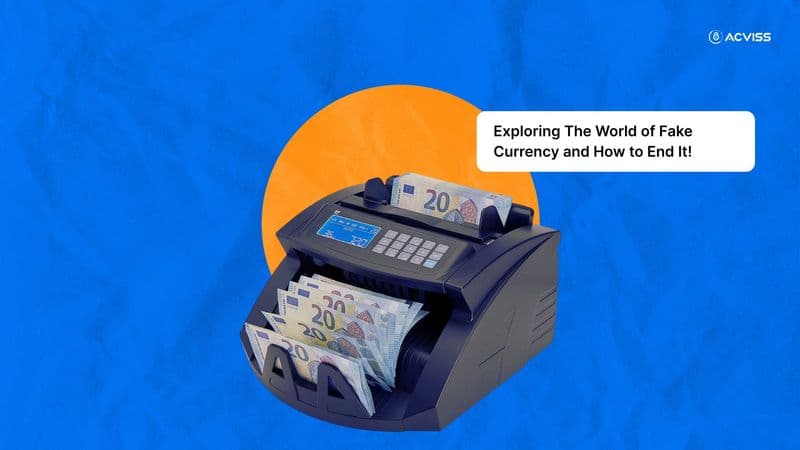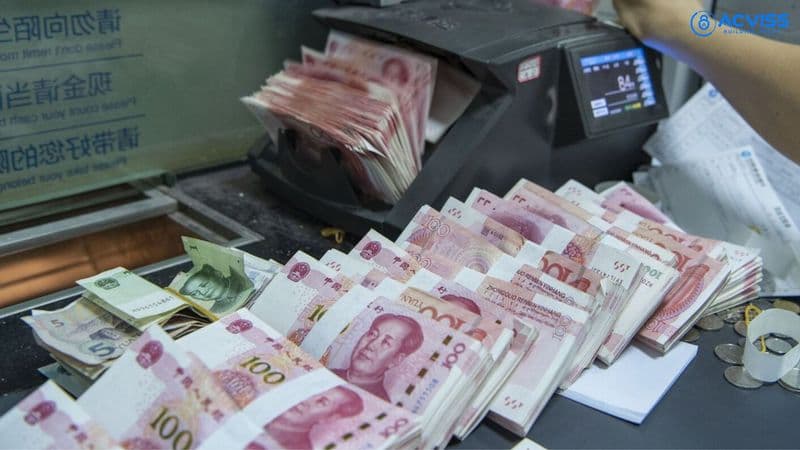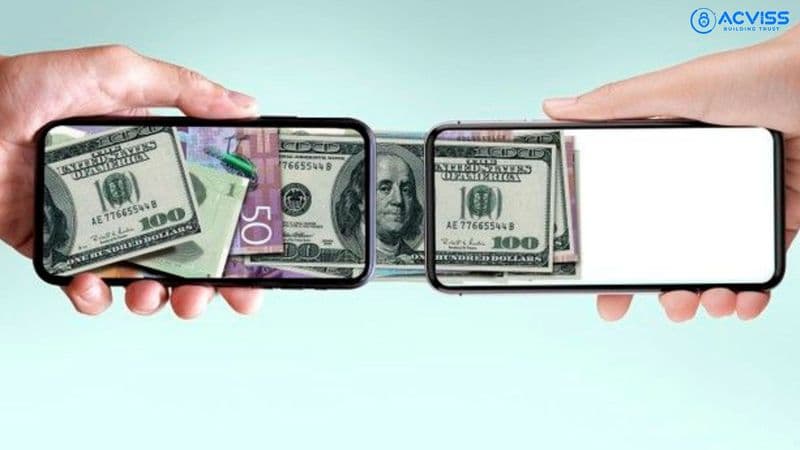Exploring The World of Fake Currency and How to End It!

In an increasingly digitalised world, where cashless transactions are promoted and widely popular, one may safely assume that the threat of fake currency has long passed. However, the reality is far worse than one could imagine. Counterfeit currency was and continues to be one of the most pressing issues in the modern interconnected world. Impacting the integrity of financial systems, stability of the economies and daily life of ordinary individuals.
The counterfeit currency continues to be a pressing issue in today's interconnected world, threatening the integrity of our financial systems and impacting both individuals and economies. During the 2021-22 period, the rate of Fake Indian Currency Notes (FICN) detected at the RBI was 6.9% and the rate of FICN detected at other banks was 93.1%. Fake banknotes have been flooding the markets forever and the advent of newer technologies has opened new ways for counterfeiters to exploit the opportunities in their favour. Resulting in jeopardizing the struggles of building and maintaining a secure and foolproof economy.
The Threat

1. The Persistence of Counterfeit Currency:
Counterfeit money remains a pervasive problem, with criminals continually finding new ways to replicate currencies. As per the National Crime Record Bureau's reports spanning from 2016 to 2021, counterfeit currency amounting to a total face value of Rs 199.54 crore over five years has been confiscated by law enforcement authorities.
2. The Ripple Effects of Counterfeit Money:
The stability of the global economy depends on the smooth and seamless functioning of million activities. And when counterfeit currency enters circulation, the losses incurred can go beyond monetary terms. They can impact a wide range of sectors across the globe, including
a. Economic Peace: When counterfeit currency enters the economy, it diminishes the value of real money distorting the inflation rates which causes the markets to destabilise and also hampering trade. This will result in eroding the public trust in the financial systems and governing policies of the state.
b. Legal and Social Consequences: Counterfeit money can undermine the security of the state and create social unrest. These fuel illicit activities, organised crime, money laundering and finance terrorism.
c. Consumer Confidence: The biggest victims are the consumers who are unaware of the traps and blindly accept fake notes. A person who has fallen victim to the counterfeit trade will lose faith in the monetary system and may feel hesitant to handle cash. Even if the governing agencies do their part in educating the consumers about the consequences of counterfeiting, the results can go down if proper and stringent regulations have not been put in place.
The Solution

The fake currency threat can cause doom for every economy, especially for developing and underdeveloped countries. And it has been high time that the threat has been countered efficiently and with brute power. Some of the measures that can put an end to the fake currency crisis are the:
1. Technological Advancements and Counterfeit Currency:
Counterfeit currency can deter the growth of a state and distort the technological advancements it offers. Counterfeiters also take advantage of the technologies to outsmart law enforcement agencies and governing bodies.
Even though technology has facilitated the production of counterfeit money, it offers the sole solution to combat the issue as well. Turning to digital, cashless transactions was able to put an to the issue to an extent. Yet the threat remains. Advancements in printing techniques and implementing proper anti-counterfeit tools can play a crucial role in the fight against the counterfeit plague.
2. Strengthening Security Features:
Governments and central banks are constantly enhancing security features on banknotes to make them more difficult to counterfeit. Incorporating advanced measures like watermarking, holograms, security threads, and unique serial numbers can greatly enhance counterfeit resilience.
3. Public Awareness and Education:
Consumers are the prime defence against the counterfeit threat. Making them aware and educating them about counterfeit money can be fruitful for long-term success as well. The governing agencies must educate the general public on
Identify genuine banknotes.
The security features they must be aware of; are serialisation, security threads and watermarks.
The anti-counterfeit measures have been put in place by the authorities to safeguard the interest of the public.
What must be done if they encounter fake currency?
An informed public can be a significant factor in reducing the circulation of fake notes in the economy.
4. Cooperation and International Collaboration:
Every country will have their dedicated regulatory agency to keep track of the currency circulating in the state. But the detection of counterfeit currency is a collaborative effort. In India, RBI regulates the monetary transactions in the country and the detection of fake currency is done by the general public to law enforcement agencies and banks.
Counterfeit currency is a global issue that requires collaborative efforts. International cooperation among law enforcement agencies, financial institutions and governments is crucial to sharing intelligence, expertise and resources to combat counterfeiting networks.
5. Enhanced Law Enforcement:
Strengthening law enforcement agencies' capabilities and their commitment to combating counterfeit currency is vital. Equipping them with specialized training, advanced detection technologies and resources will enable them to detect, investigate, and dismantle counterfeiting operations effectively.
6. Technological Innovations and Counterfeit Detection:
In the digital age, technology plays a crucial role in combating counterfeit currency. The development of sophisticated detection devices, such as UV lights, magnetic ink sensors and infrared scanners enables businesses and individuals to verify the authenticity of banknotes quickly.
7. Cashless Society:
The covid 19 pandemic and the popularity of e-commerce platforms have encouraged the use of digital transactions. The transition to a cashless society has great potential to reduce the prevalence of counterfeit currency. With digital payments, the amount of transparency increases. The digital trail left by online transactions makes it easier to track and identify frauds and counterfeiters.
It is also important to address the security issues about the digital currency. But with increased usage, heavy competition and improved technology, the risks regarding the transactions can be brought down in the near future.
8. Continuous Research and Development:
The history of counterfeit currency and the battle against them is so old that it dates back to the roman empire. The only way to keep fighting is for governments and financial institutions to continue investing in research and development to refine the solution or find better ones to stay ahead of the counterfeiters.
It is necessary to explore and experiment with new technologies such as Artificial Intelligence, Machine Learning and Blockchain to bring about new solutions. Even though Bitcoin and cryptocurrency were able to make a breakthrough, the lack of implementation across industries and unawareness spreading around the public have been major setbacks.
Conclusion

The fight against counterfeit currency requires a multi-pronged approach. With the use of modern technologies and international collaboration, it is possible to put an end to the counterfeit threat. And the public will also have a crucial role to play as well. Reporting any suspicions of counterfeit money is crucial in aiding law enforcement agencies. By implementing these measures, it is possible to create resilience in the economies, bolster public confidence and ensure the smooth functioning of financial systems.